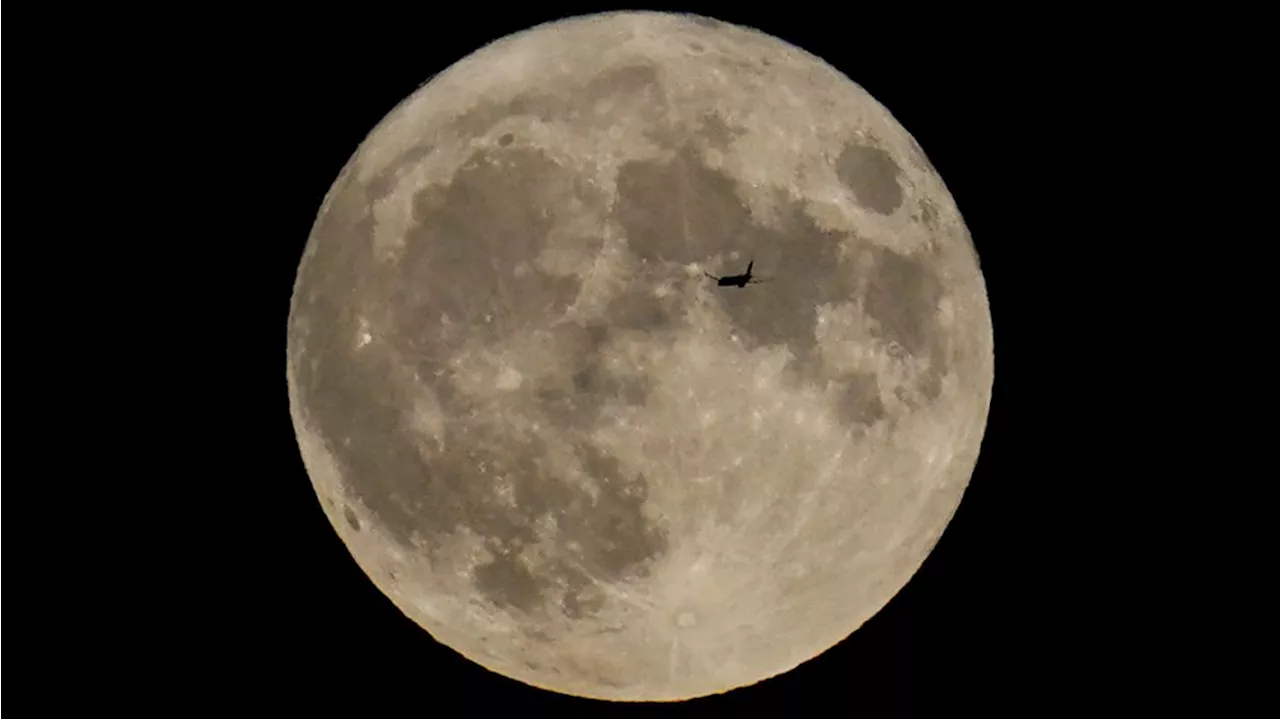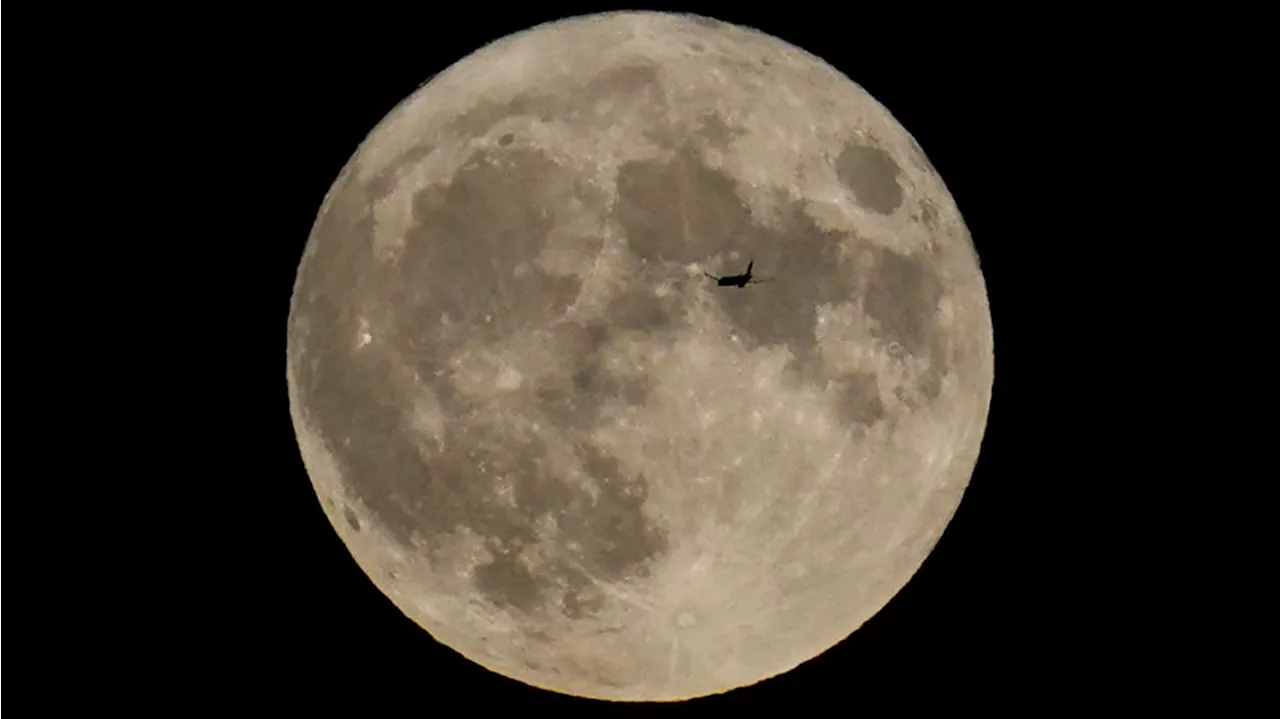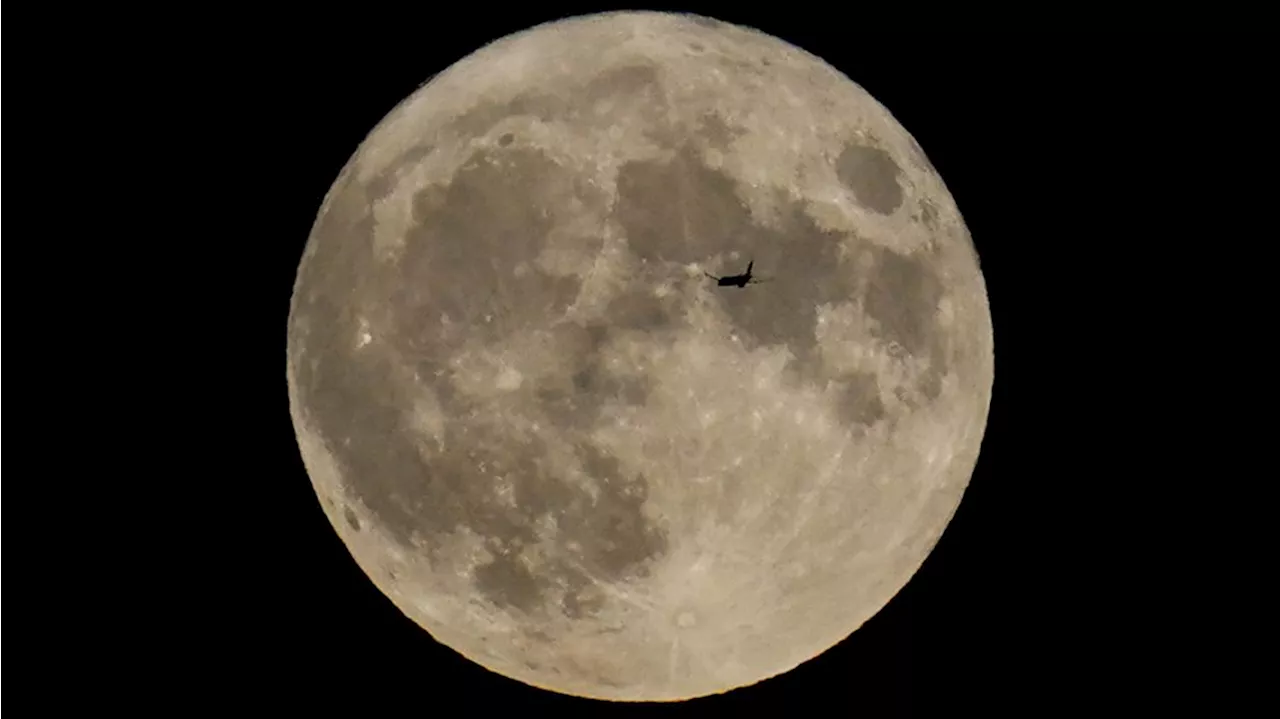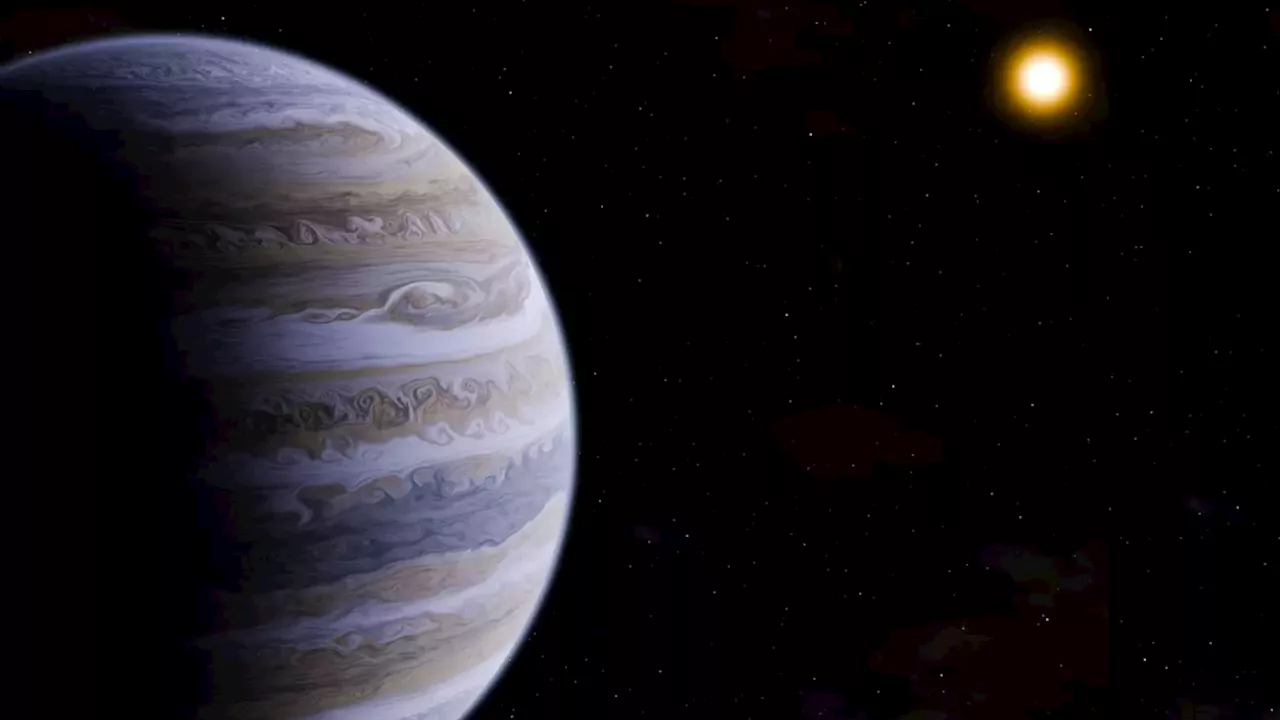Robert Lea is a science journalist in the U.K. whose articles have been published in Physics World, New Scientist, Astronomy Magazine, All About Space, Newsweek and ZME Science. He also writes about science communication for Elsevier and the European Journal of Physics. Rob holds a bachelor of science degree in physics and astronomy from the U.K.
Using the James Webb Space Telescope , astronomers have investigated a new"super-Jupiter" planet that is one of the coldest worlds ever seen outside the solar system., which sits around 12 light-years away. The planet is designated Eps Ind Ab and has a mass around six times that of Jupiter; it orbits its red dwarf parent star at a distance similar to that between Neptune and the sun.
The crew determined the planet has a highly elliptical, or"flattened," orbit that, at its closest, brings it to a distance about 20 times the distance between Earth and the sun. At the furthest point in its orbit, Eps Ind Ab is 50 times further away from its parent star than the average distance between Earth and the sun.named Eps Ind A, has two stellar companions.
An image summarizing the observations with JWST and its MIRI instrument that led to the rediscovery of Eps Ind Ab.Aware of these difficulties, Matthews and colleagues decided to take a different approach, attempting to directly image Eps Ind Ab.is a tough proposition. Not only are the closest exoplanets many light-years away, but most astronomy cameras are also blinded by the bright lights of stars when trying to look at orbiting planets.
To confirm this, the team still had to ensure what they saw wasn't the result of background light coming from a more distant star. Thanks to re-examinations with the same region using the, the scientists found a faint object. This object happened to be at the right spot if the signal indeed belonged to the star Eps Ind A.Matthews and colleagues also attempted to understand the atmosphere of Eps Ind Ab using the MIRI data.
United Kingdom Latest News, United Kingdom Headlines
Similar News:You can also read news stories similar to this one that we have collected from other news sources.
 Scientists say a cave on the moon could be a good shelter for future missionsNASA's James Webb Space Telescope is the world's largest and most powerful space telescope.
Scientists say a cave on the moon could be a good shelter for future missionsNASA's James Webb Space Telescope is the world's largest and most powerful space telescope.
Read more »
 Scientists say a cave on the moon could be a good shelter for future missionsNASA's James Webb Space Telescope is the world's largest and most powerful space telescope.
Scientists say a cave on the moon could be a good shelter for future missionsNASA's James Webb Space Telescope is the world's largest and most powerful space telescope.
Read more »
 Scientists say a cave on the moon could be a good shelter for future missionsNASA's James Webb Space Telescope is the world's largest and most powerful space telescope.
Scientists say a cave on the moon could be a good shelter for future missionsNASA's James Webb Space Telescope is the world's largest and most powerful space telescope.
Read more »
 Scientists say a cave on the moon could be a good shelter for future missionsNASA's James Webb Space Telescope is the world's largest and most powerful space telescope.
Scientists say a cave on the moon could be a good shelter for future missionsNASA's James Webb Space Telescope is the world's largest and most powerful space telescope.
Read more »
 Scientists have confirmed a cave on the moon that could be used to shelter future explorersNASA's James Webb Space Telescope is the world's largest and most powerful space telescope.
Scientists have confirmed a cave on the moon that could be used to shelter future explorersNASA's James Webb Space Telescope is the world's largest and most powerful space telescope.
Read more »
 Scientists have confirmed a cave on the moon that could be used to shelter future explorersNASA's James Webb Space Telescope is the world's largest and most powerful space telescope.
Scientists have confirmed a cave on the moon that could be used to shelter future explorersNASA's James Webb Space Telescope is the world's largest and most powerful space telescope.
Read more »
